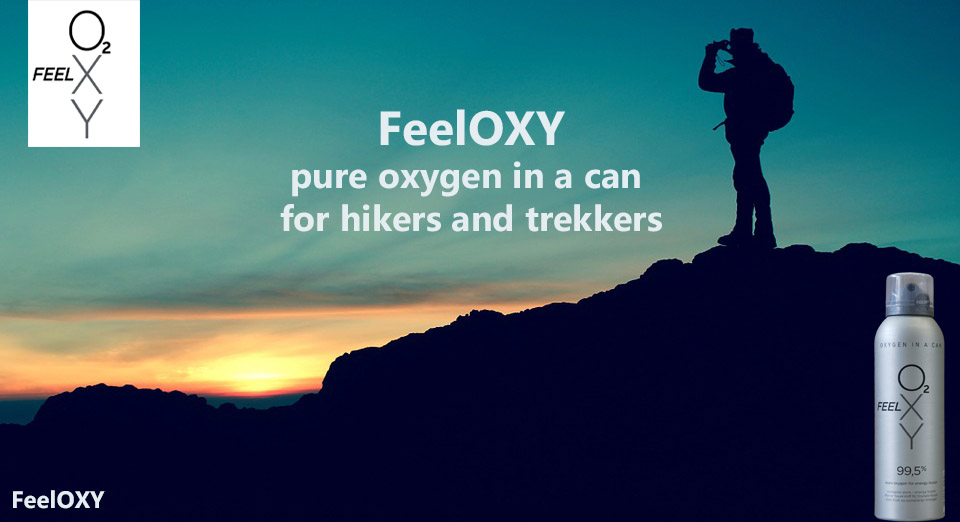With nicer weather and holidays approaching, outdoors activities are getting much more important. This week we focused on trekkers and hikers and how important additional oxygen is at the altitude. But first we have to make sure we understand the difference between hikers and trekkers. They are both outdoors recreational activities but hiking means walking in beautiful natural environments on pre-charted paths called hiking trails and trekking means longer journey, undertaken on foot in areas where there are usually no means of transport available. Since the environmental impact is visible on both, however greater on trekking we must consider it when planning both, hiking or trekking.
As we already said in the previous article, the percentage of oxygen in the air does not change significantly with altitude the altitude from the earth, even on the Mount Everest, the percentage of the oxygen still comprises 21% of the air. The further away from sea level you are, the pressure of the entire atmosphere decreases so in effect, there is less air to breathe. Thus, partial pressure decreases even though the percent content of oxygen remains the same. Proportions of the gasses in the atmosphere stay the same, however one breath will deliver less oxygen to your bloodstream, hence you will feel out of breath. For comparison, at the altitude of Mount Everest, there will be approximately 33% of the oxygen that is available at sea level.
When arriving at the altitude of between 1500 and 2000 meters, the number of physiological changes occurs, which enable the body to function optimally in the low oxygen environment. The process is called acclimatization. First adjustment must be increase in the frequency and depth of breathing. Since the heart pumps the blood faster, the blood pressure rises and in a response to this the productions of red cells rises, their job is to deliver oxygen to every cell in need in the body. Without proper acclimatization there are several sicknesses that could occur, from acute mountain sickness (AMS), high altitude cerebral oedema, and high altitude pulmonary oedema, most usual symptoms are headaches, nausea, fatigue, vomiting, dizziness, disturbed sleep, etc. These symptoms differ from the altitude, gradually appear 12-24 hours after arrival at altitude and begin to decrease in severity by the third day. The number of symptoms as well as their severity, rapidity of onset, and duration varies markedly among individuals. However we recommend you additional oxygen since these sickness and symptoms can be avoided. Our FeelOXY product will provide you cells and your body with enough oxygen and it will improve oxygen saturations in the blood (that can be especially at higher altitudes 89%). Additionally it will reduce fatigue and sleepiness at the altitude where air is thinner and it will boost you with energy and power for another physical strain.


